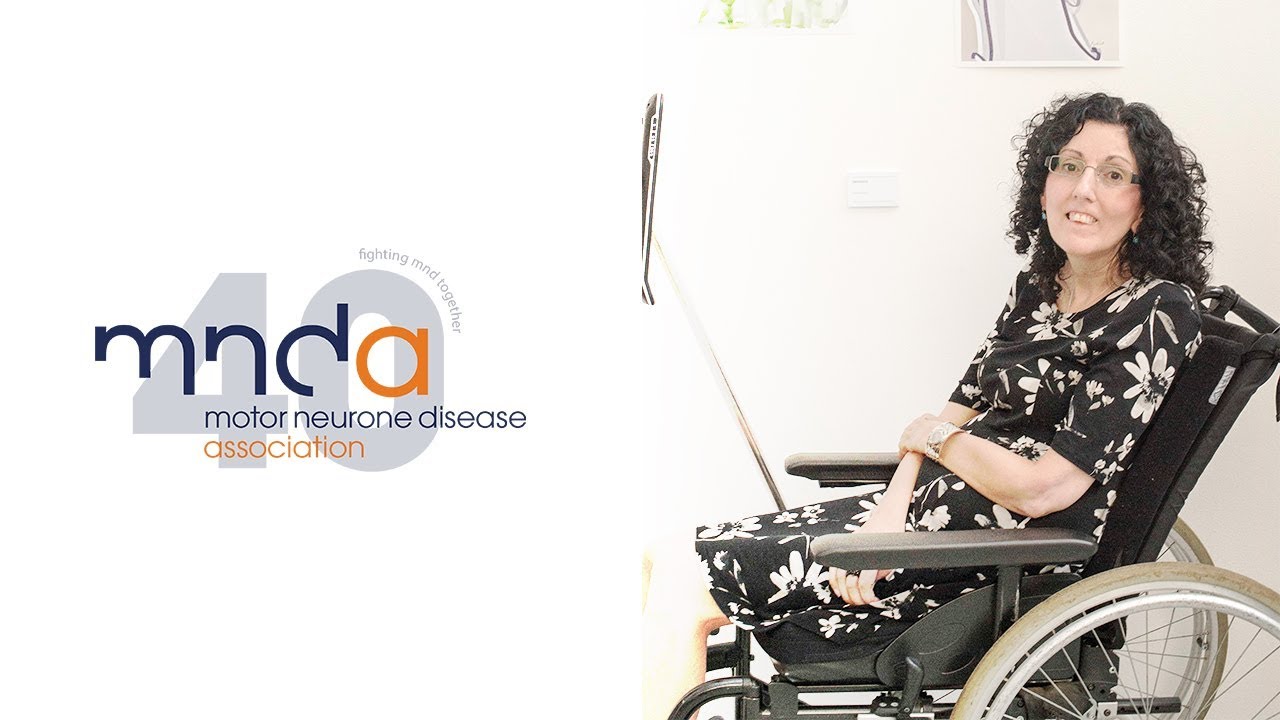
Robert Draws – Sarah Ezekiel was diagnosed with ALS in the year 2000. Since then, her physical abilities have significantly declined. Today, she can only move her head and eyes. Despite this severe limitation, she has not stopped creating beautiful artwork. Through an incredible piece of technology called EyeGaze, Sarah has found a way to continue expressing herself. This device allows her to control a digital interface using only her eyes. With each movement, she draws lines and chooses colors on screen. It is not only inspiring but deeply moving to witness how a person with extreme challenges can still produce art that stirs emotion and captures imagination. Her story is a powerful reminder that true creativity knows no physical boundaries. People from around the world have been amazed by what Sarah continues to achieve with just the movement of her eyes.
Sarah Ezekiel has become an icon of resilience and creative brilliance. Her diagnosis of ALS could have meant the end of her artistic journey. However, she found new ways to adapt. The use of EyeGaze has enabled her to regain her artistic voice. This technology allows her to make precise movements on a digital canvas using only her gaze. With this tool, Sarah Ezekiel has managed to explore several artistic mediums like pastels, watercolor, and acrylics. Her works are not only technically impressive but also emotionally rich. Each piece carries the essence of determination and spirit. Audiences often react with astonishment and admiration when they learn that the artwork was created solely through eye movement. Sarah’s courage to face her diagnosis head-on and to continue producing such meaningful pieces is both rare and commendable. She now stands as a global example of what can be done when passion meets innovation.
Sarah Ezekiel uses the EyeGaze system by Tobii Dynavox to create her digital art. The developers originally designed this device to help people with disabilities communicate. Sarah, however, brought it into the world of art and transformed its purpose. She controls the system by moving her eyes with high precision. Her gaze selects tools, draws lines, and applies colors on a digital canvas. She maintains full control over every stroke, requiring intense focus and patience. Each movement reflects a deliberate artistic choice. Viewers often feel amazed when they realize she creates these artworks using only her eyes. Her vibrant use of color and emotion defies any expectation of limitation. Sarah not only continues her artistic journey but also inspires other artists with disabilities. Her work shows how the right technology can elevate creativity and reveal human potential in extraordinary ways.
Sarah Ezekiel’s art is filled with emotion and story. Each piece tells more than just a visual narrative. It speaks of struggle, perseverance, and hope. Her subjects often include figures in motion, abstract colors, and nature-inspired forms. Through digital tools, Sarah manages to mix traditional art techniques with modern expression. Her use of contrast, color blending, and composition is advanced, reflecting her background in fine arts. People who view her art often describe it as powerful and spiritual. It goes beyond aesthetics and enters the realm of experience. Her ability to channel deep emotion through limited physical movement is what sets her apart. Critics and fellow artists have praised her work not only for its technical achievement but for the raw human emotion it captures. Sarah’s pieces have been showcased in exhibitions, both online and offline, and continue to gain global recognition.
“Read more: Shocking Signs Parents Miss! How to Detect HIV/AIDS in Toddlers Before It’s Too Late!”
The journey of Sarah Ezekiel is inspiring a new wave of artists with disabilities. Her story is frequently shared in conferences, documentaries, and educational programs. Schools and art institutions are starting to include her work as part of inclusive learning materials. Sarah herself participates in advocacy and raises awareness about ALS and the importance of accessibility in art. Through her presence, others are encouraged to break free from perceived limitations. Her life is proof that creativity is not dependent on physical strength but on inner will. Young artists from all backgrounds look to Sarah as a role model. They are learning that art is not about perfection or formality but about courage and authenticity. Sarah’s journey also challenges the world to make tools and platforms more inclusive. It has opened conversations around disability, art, and empowerment in a way that few other stories have managed to do.